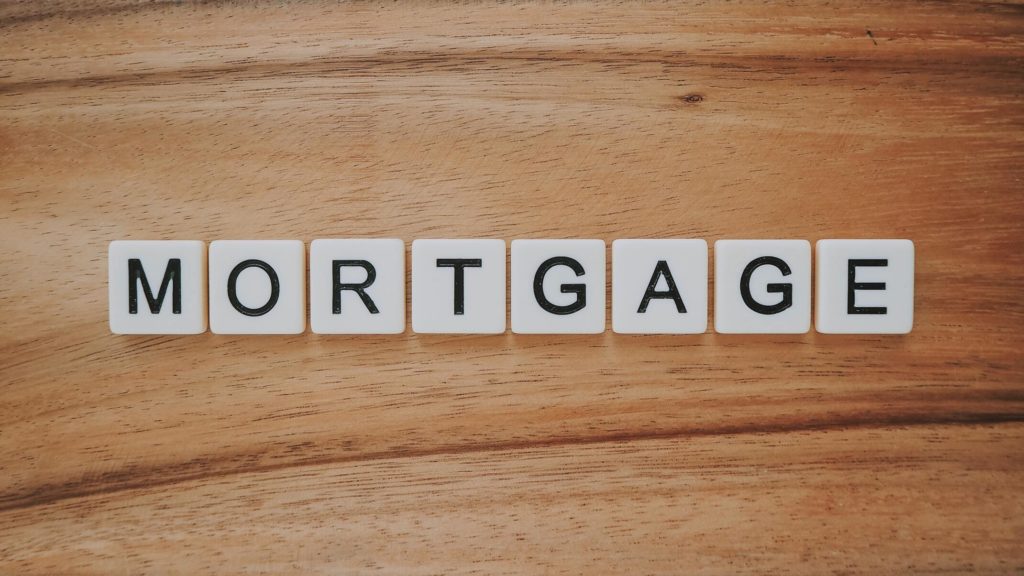What is a Collateral Mortgage? A Guide for Financially-Savvy Buyers
Can you use collateral for a mortgage? The answer is yes. Broadly, the term “collateral” refers to an asset that a borrower pledges to forfeit to the lender in the event that they default on their loan. In real estate, it’s not uncommon to use a home as collateral. However, a collateral mortgage is a specific type of home loan that allows the borrower to leverage their home equity as additional financing. When you apply for a collateral mortgage, you can use your home as the collateral house to secure the funding.
Keep reading to learn more about collateral mortgages, how they work, and how they differ from traditional financing. Armed with this knowledge, you’ll have a better idea of whether or not this type of mortgage might be the right fit for you.

Key takeaways
- Unlike a conventional home loan, a collateral mortgage allows you to access additional funds against the value of your home without refinancing.
- A collateral loan can save you lots thousands of dollars over the course of your mortgage, if you plan to borrow additional money against your home.
- A collateral loan may make it more difficult to get approved for other kinds of loans, compared to a conventional loan.
Collateral mortgage definition
Collateral mortgages are home loans that allow the mortgage lender to lend the borrower more money as the borrower pays down the loan or as the home’s value rises. Typically, collateral home loans allow the borrower to access funds up to a set borrowing limit, which may be reset as the borrower makes payments to the lender.
Today, a home equity line of credit (HELOC) is often considered the most common type of collateral mortgage. That said, in some cases, collateralized loans can be in the first lien position, whereas HELOCs typically are subordinate to the primary mortgage note. However, these loans are usually serviced in-house by the lender and cannot be sold on the secondary mortgage market.
Collateral mortgage vs. standard mortgage
When comparing collateral mortgages and traditional or standard mortgages — which are better known as “conventional loans” — it’s important to note that using the property as collateral for a mortgage is not uncommon. In fact, when you take out a mortgage, your home becomes the collateral as a matter of standard practice. Here, once the paperwork is signed by both parties, the property becomes the asset that the borrower offers to forfeit to the lender in the event that they default on the loan.
The only difference between the two types of loans is that, in a standard mortgage collateral scenario, the amount of the loan is capped at the home’s sale price. If the borrower wants to borrow money beyond that amount, they will have to refinance their mortgage in order to do so. In contrast, a borrower with a collateral mortgage can simply use their existing collateral house loan to access the money that they need.

What are the pros and cons of collateral mortgage loans?
Similar to any other personal finance decision, choosing a collateral mortgage loan over a conventional one has its pros and cons. In an effort to help you determine whether or not this type of financing is right for you, we’ve listed them out for you below.
Pros
- You’ll have additional flexibility: With this type of home loan, you can borrow money whenever you need it, no questions asked.
- You’ll be able to skip the headaches associated with refinancing: Unfortunately, it costs money to refinance a home loan, often thousands of dollars. In addition, the process usually takes a few weeks to complete. If you chose a collateral loan from the start, you won’t have to worry about overcoming any of those roadblocks.
- You’ll probably be able to borrow against your home multiple times: As you make more loan payments, you’ll be able to borrow against more of your home’s equity, meaning that you can use this type of mortgage as a source of funds on multiple occasions.
Cons
- If you want a new lender, you’ll likely have to pay a fee: Since these loans are serviced in-house, you’ll be dealing with the same lender for the entire life of the loan. If you don’t like your lender, you’ll have to take out a new loan to pay off your existing one in full, which will come at a cost.
- Your total debt will look higher on paper: Often, when you go to take out a new loan, lenders will look at your existing debts before deciding to approve you for financing. Having a collateral loan will make your total debt load look higher than it would if you had a traditional mortgage. As a result, having one or more collateral loans on a property may make it more difficult for you to be approved for more financing in the future.

Can you transfer a collateral mortgage?
Transferring a collateral mortgage from one property to another is typically not straightforward. In most cases, if you sell your property or want to switch to a new lender, the collateral mortgage must be paid off and discharged. This usually means obtaining a new mortgage for the new property or with a new lender, going through a new application process, and incurring associated fees and potential penalties. The ability to transfer a mortgage is subject to the terms set by the original lender and varies by individual mortgage agreements.
Is a collateral mortgage right for you?
At the end of the day, the answer to the question, “What do borrowers use to secure a mortgage loan?” is the same for everyone who takes out a home loan. Every mortgage loan allows the lender to secure the home as collateral. However, if you fail to meet the mortgage repayments, the lender can take possession of the collateral house.
However, with that being said, there are a few ways that you can leverage your biggest asset. In particular, with a collateral loan, you can use any equity you’ve built up in the home as a hassle-free method of financing life’s big expenses. If you feel you could benefit from that kind of flexibility, consider asking your preferred lender about collateralized loans.


